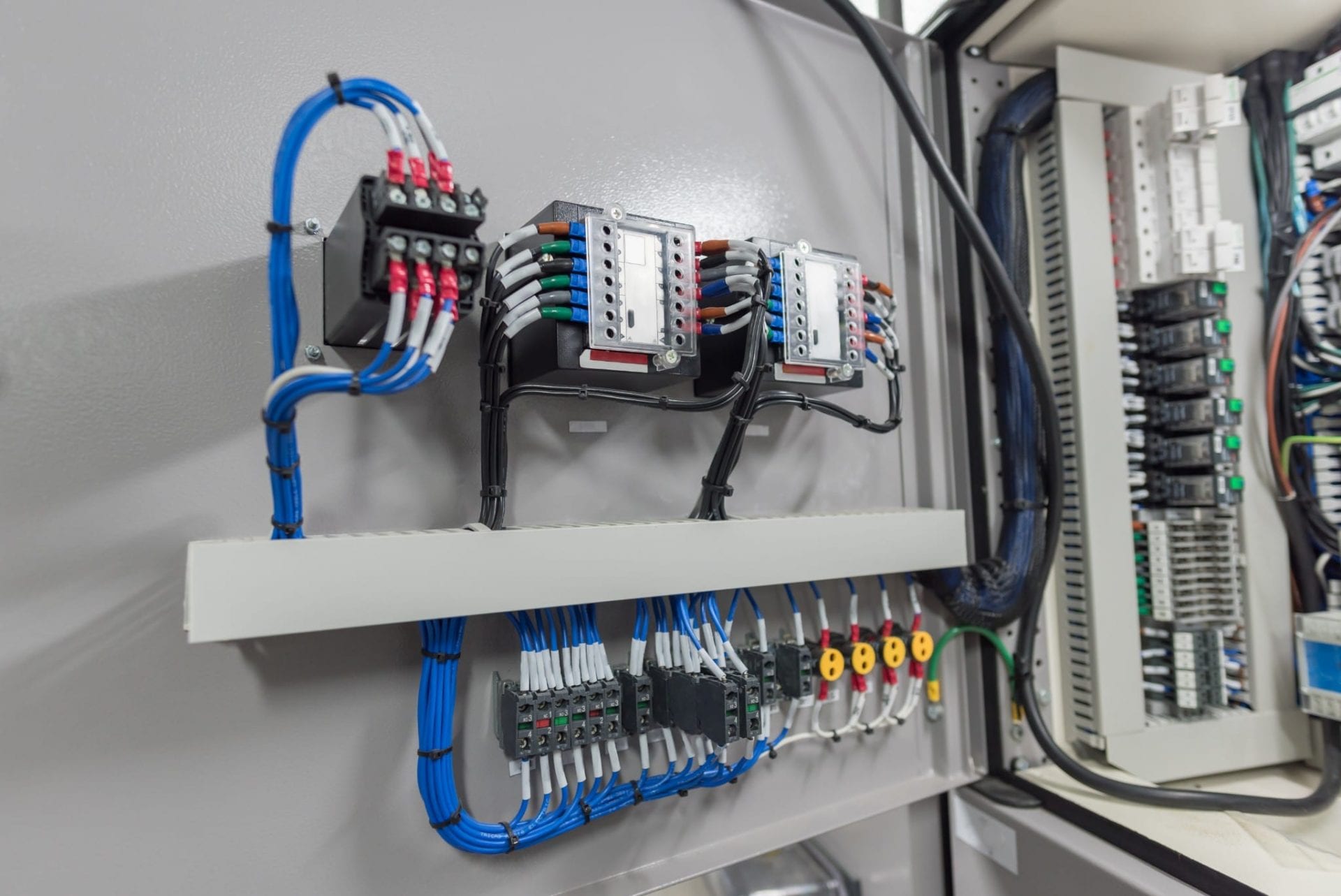The Fundamentals of Electrical Wiring: A Novice's Guide

Electrical wiring is a crucial component of any home, and knowing it is essential for every homeowner. Not only is it helpful to ensure the smooth running of your house, but it is also critical for your security. In this article, we will discuss the basics of electrical wiring, the importance of safety and the advantages having an authorized residential electrician for all your electrical wiring needs.
Understanding Electrical Wiring Basics
The electrical wiring refers to the system of electrical conductors which run throughout your home, providing electricity to your appliances or devices as well as lighting fixtures. It works by forming electrical circuits which connect your power source and your appliances. Electrical circuits consist of switches, wires along with other electronic components, which work to form a secure and reliable electrical system. There are different types of electrical wiring, such as copper, aluminum, and wire insulation types such as PVC or rubber.
Planning and Preparation for Electrical Wiring
Before installing new electrical wiring, there are many aspects to take into consideration, such as the kind of wiring you need, the capacity that your electric system can handle and your power requirements. In addition, it is essential to be aware of the electrical wiring regulations and permits needed in your area. To be prepared for electrical wiring, create an electrical plan and assess your electrical requirements. This will make sure that the electrical wiring is secure efficient and effective, as well as meeting the power requirements of your home.
Materials and Tools Required to conduct electrical wiring
When installing new electrical wiring, it is essential to have the right tools and materials available. Tools that are essential include strippers, wire cutters, pliers, as well as an electrical voltage tester. Other items required to conduct electrical wiring comprise electrical tapes, wire nuts, conduit as well as electrical box. It’s also useful to have a wiring diagram that will guide you through the process of installing.
Step-by-Step Instructions for Electrical Wiring Installation
Installing electrical wiring can be complicated, but with the right tools and expertise it can be accomplished in a safe and efficient manner. This is a step-by-step guide to installing new electrical wiring in your home:
Switch off the power in the area in which you’ll be working.
Design the wiring layout and mark the location where the wire will be placed.
Install electrical conduits and electrical boxes when needed.
Cut and strip wires to the appropriate length.
Connect the wires to the fixture or device you are wiring.
Make sure the wires are secured using wiring nuts, electrical tape or even conduit straps.
Examine the wiring to confirm that it’s functioning correctly.
In the process of installing, it is important to follow wiring installation best techniques and guidelines. Additionally, be aware of the common mistakes in the installation of electrical wire like overloading circuits, using wires that are damaged, or using the wrong kind of wire for the job.
Troubleshooting Electrical Wiring Issues
Even with careful design as well as installation issues may occur. Common issues include circuit overloads, wiring damage, and electrical shorts. To troubleshoot these problems, it is important that you are aware of the most common electrical wiring issues and know how to effectively and safely solve these issues. It is also essential to follow electrical safety procedures when attempting to solve electrical wiring problems including shutting off the power and wearing appropriate safety equipment.
Conclusion
In the end, knowing about how your electrical wiring is wired in your home is crucial for your safety and the efficient operation the electrical systems. It is important to hire an accredited electrician to ensure that your wiring is set up and maintained correctly. We at Local Electrician Northern Beaches, we provide an array of electrical services that include electrical wiring installation and repair. Reach out to Local Electrician Northern Beaches at 1300 941 876 for all your electrical wiring needs.
Electrical Wiring FAQ
Here are some commonly asked questions about electrical wiring, along with additional safety tips and best techniques for electrical wiring installation and repair:
What kind of wire do I need to use to wire my electrical circuit?
The kind of wire that you will need for your electrical wiring will depend on your specific needs and the local building codes. It is crucial to select the right gauge for your wire along with the insulation type, as well as wire material to ensure safety and efficiency that your electric system is running at its best.
Do I have to install myself my own wiring for electrical use?
While it is possible to build your own electrical wiring, it is crucial to have the knowledge and experience to install it in a safe and efficient manner. In most cases it is advised to hire a licensed electrician to ensure that the wiring is set up and maintained correctly.
How often do I need to have my electrical wiring inspected?
It is recommended that you have your electrical wiring inspected at least every 10 years, or when you observe signs of electrical problems like frequent trips to the circuit breaker or electric shocks.
What should I do if I find electrical wiring issues in my house?
If you observe any electrical wiring problems in your home, such as flickering lights or outlets that won’t function, it’s important to address them immediately. Shut off power to the area in question and contact an accredited electrician to evaluate and repair the issue.
By following these tips and best practices, you can make sure the electrical wires are secure and working properly. Remember to prioritize safety and seek out a licensed electrician whenever you need to. Contact Local Electrician Northern Beaches at 1300 941 876 for all your electrical wiring requirements.
